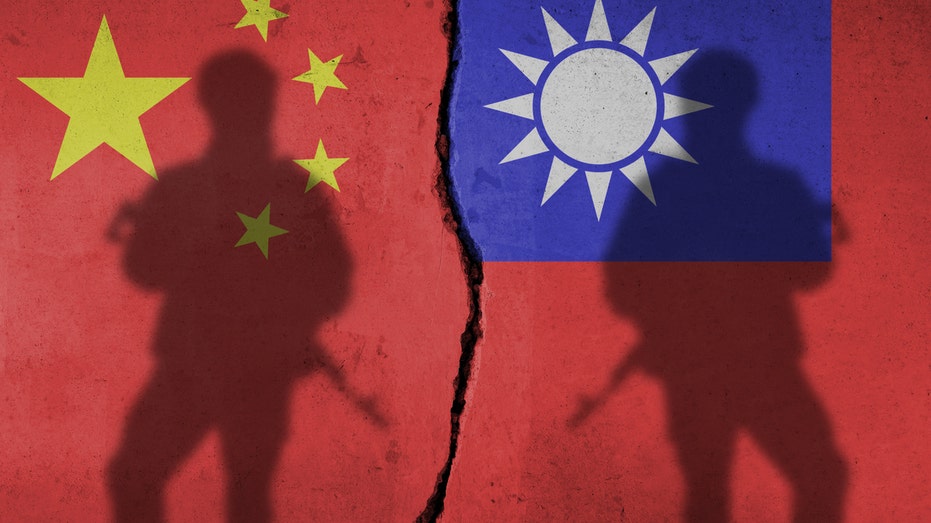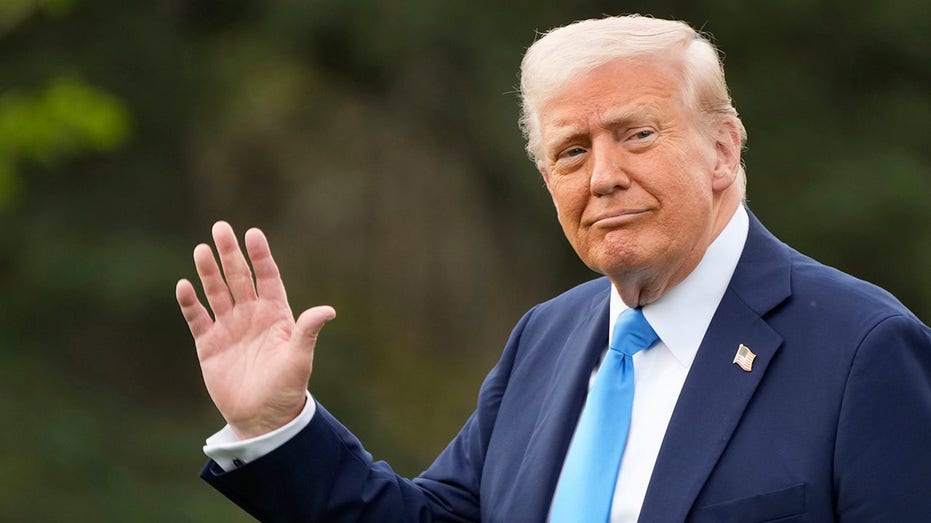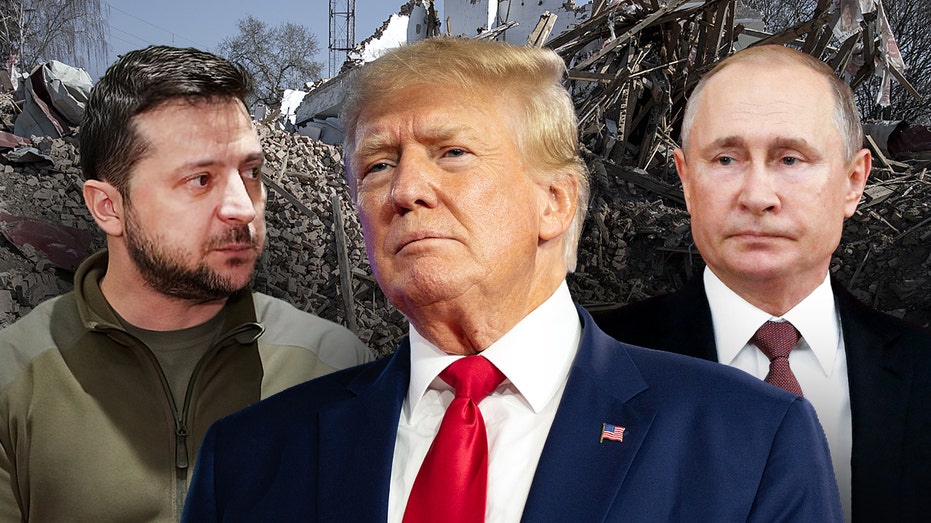AI Arms Race: US and China Battle with Drones and Biotech for War Dominance

Sarah Johnson
July 23, 2025
Brief
US and China race to dominate AI in warfare, from drones to gene-edited soldiers, with Taiwan as the potential flashpoint for the next great conflict.
The race for technological supremacy between the United States and China is heating up, transforming the very nature of warfare. From drone swarms to gene-edited soldiers, both nations are pouring resources into integrating artificial intelligence (AI) into their military arsenals, with a potential conflict over Taiwan looming as the ultimate proving ground.
Gone are the days when wars were won by sheer manpower and raw firepower. Today, the battlefield is increasingly shaped by algorithms and autonomous systems. As tech entrepreneur Arnie Bellini put it, the future of conflict will hinge on who masters AI. The U.S. is betting big on this shift, with the Pentagon rolling out a staggering $36 billion modernization plan under Defense Secretary Pete Hegseth, aimed squarely at countering China in the Indo-Pacific. By 2026, every active U.S. Army combat division could field around 1,000 drones, moving away from traditional crewed systems to a future of unmanned warfare.
But AI’s impact goes beyond hardware. It’s rewriting the rules of strategy, from preemptive cyber strikes that could halt a war before it starts to AI-driven trauma care and regenerative medicine that could save lives on the battlefield. Meanwhile, China is reportedly pushing boundaries in biotech, with whispers of experiments in gene editing for military purposes raising serious ethical questions.
Taiwan remains the flashpoint. While the U.S. doesn’t officially ally with the island, it’s been bolstering its defenses and refocusing forces in the region. If conflict erupts, victory may not be measured in tanks or troops but in the strength of networks, algorithms, and even biological advancements. As simulations and war games integrate AI at an unprecedented scale, soldiers are learning to operate at machine speed, while grappling with the ethical dilemma of trusting—or limiting—these systems.
The stakes couldn’t be higher. While the U.S. insists on keeping a human in the loop for lethal decisions, experts warn that adversaries may not share the same restraint. As this new era of warfare unfolds, blending digital, physical, and biological domains, one thing is clear: the next great war won’t just be fought—it will be computed.
Topics
Editor's Comments
This AI arms race is like watching two tech giants play chess, except the pawns are drones and the knights might be gene-edited super-soldiers. If Taiwan becomes the board, let’s hope the game doesn’t end with a checkmate—or a ‘check, mate’ from a rogue algorithm with no human to pull the plug. Honestly, I’m half-expecting China to deploy a drone that not only fights but also delivers dim sum on the side!
Like this article? Share it with your friends!
If you find this article interesting, feel free to share it with your friends!
Thank you for your support! Sharing is the greatest encouragement for us.






